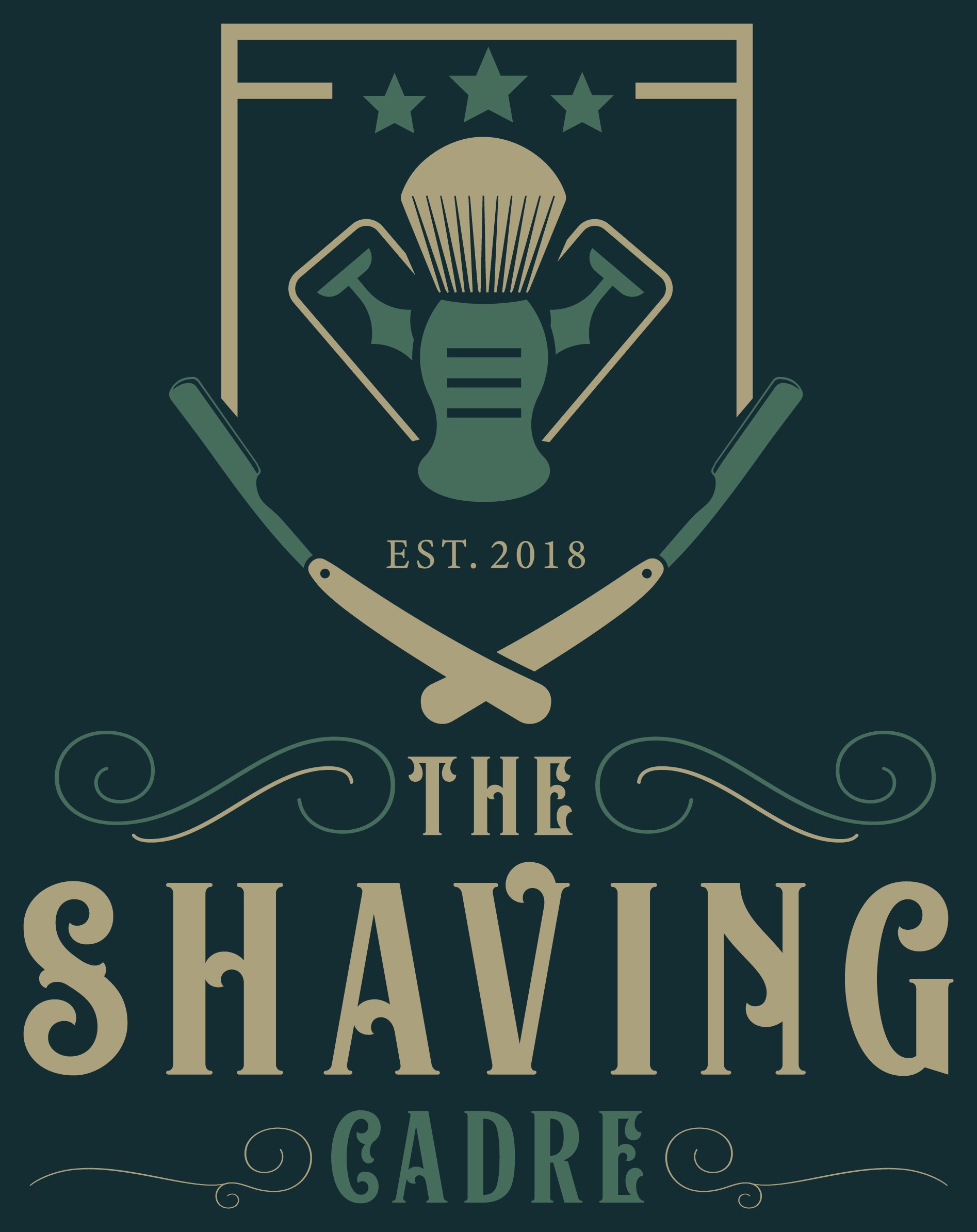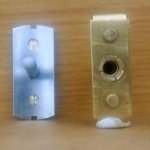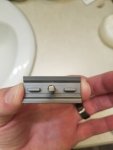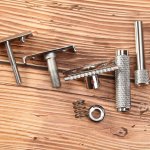Clouds
Shave Member
Adjuster plate update
From L-R: Standard plate - Version 1 - Version 2 - Version 3. (With 4 different views of them)
@smurfups77 - I was actually busy fiddling with version 3 when I saw your notification come through, but I decided to wait until I tested it in my other Gibbs razors and also take some pics.
I believed (correctly so) that the main issue with version 1 that it was too thin. The standard plate is 1.5mm in thickness and I didn't have any brass in that size, so I used the next size up which is 2mm (Version 2 in the picture). I didn't finish it off because when I had it in the razor I saw that the the gap is way too big.
The answer was to get a piece of 1,5mm brass plate, which I managed to get last week.
Version 3 is the correct thickness. I haven't shaved with it yet, but everything looks right.
The making of the plate is pretty easy, albeit lengthy, but getting the height of the posts is finicky. It also turns out that its not a "one-size-fits-all" part, it doesn't necessarily work with the other top-caps.
Two of the top-caps that I have, have a recess in the top and the third has none.
On the second top-cap with the recess, its very close but would still need a bit of fitting.
On the top-cap without the recess, it needs a fair bit of fitting
Where to from here - I'm not really sure. I have some ideas floating around in my head but they would require the standard Gibbs top-cap to be modified with two very shallow 5mm blind holes to accommodate the posts. It would mean that the height of the posts is no longer critical but I'm not really about modifying the original parts.
I'm also happy to listen to suggestions/ideas - so fire away

From L-R: Standard plate - Version 1 - Version 2 - Version 3. (With 4 different views of them)
@smurfups77 - I was actually busy fiddling with version 3 when I saw your notification come through, but I decided to wait until I tested it in my other Gibbs razors and also take some pics.
I believed (correctly so) that the main issue with version 1 that it was too thin. The standard plate is 1.5mm in thickness and I didn't have any brass in that size, so I used the next size up which is 2mm (Version 2 in the picture). I didn't finish it off because when I had it in the razor I saw that the the gap is way too big.
The answer was to get a piece of 1,5mm brass plate, which I managed to get last week.
Version 3 is the correct thickness. I haven't shaved with it yet, but everything looks right.
The making of the plate is pretty easy, albeit lengthy, but getting the height of the posts is finicky. It also turns out that its not a "one-size-fits-all" part, it doesn't necessarily work with the other top-caps.
Two of the top-caps that I have, have a recess in the top and the third has none.
On the second top-cap with the recess, its very close but would still need a bit of fitting.
On the top-cap without the recess, it needs a fair bit of fitting
Where to from here - I'm not really sure. I have some ideas floating around in my head but they would require the standard Gibbs top-cap to be modified with two very shallow 5mm blind holes to accommodate the posts. It would mean that the height of the posts is no longer critical but I'm not really about modifying the original parts.
I'm also happy to listen to suggestions/ideas - so fire away





